Since selling my full frame camera gear back in July 2015 I’ve had the opportunity to use a few different smaller sensor birding equipment options.
NOTE: Click on images to enlarge.

My experience with the Nikon 1 V2 equipped with a 1 Nikkor 70-300 mm f/4.5-5.6, was the final nail in the coffin for my full frame gear. After experiencing the increased client video project efficiency using Nikon 1 equipment, the added benefit of having small, light camera gear for bird photography made my full frame equipment expendable. This article discusses some smaller sensor birding equipment options with which I have personal experience. Specifically Nikon 1 and Olympus gear.

It should be mentioned up front that using smaller sensor birding equipment options may not suit every photographer’s needs. For example, if you shoot a lot of action using faster shutter speeds in low light, a larger sensor camera may be the best choice for your needs.

There are distinct advantages to using smaller sensor birding equipment options. When shooting at equivalent fields-of-view, smaller sensor cameras will provide the required reach in smaller, lighter packages. Some cameras like the OM-D E-M1X have technology like Pro Capture and the new Bird Detection AI that expand the possibilities of bird photography.

The rather dated argument of image noise levelled against smaller sensor cameras have been mitigated to a good degree with recent advancements in post processing software.

All of the gnashing of teeth and vitriol that some people spew out about using smaller sensor cameras has become rather tiresome, and can be easily handled. For example, if you are convinced that cameras like the OM-D E-M1X are terrible… then simply don’t buy it. It probably would be wise to stop bitching about something that you likely do not fully understand. Award winning nature photographers like Andy Rouse, Petr Bambousek and David Tipling have given this camera excellent reviews.
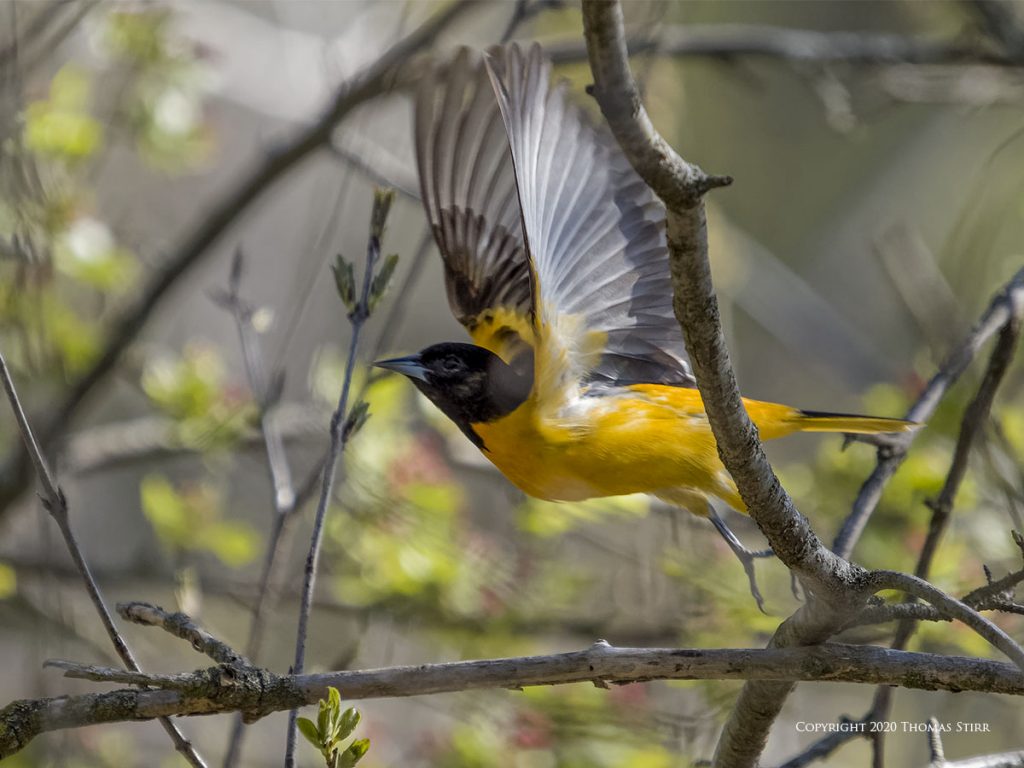
If you see the value and benefits of using smaller sensor cameras… then just ignore the naysayers and enjoy the creative freedom that smaller sensor birding equipment options can bring.

Let’s have a look at four specific smaller sensor birding equipment options that I’ve had the opportunity to use.
Size Comparison
To give readers a rough idea of the size of the various pieces of camera gear discussed in this article I captured a couple of images this morning. The first is of the four smaller sensor birding equipment options with their lenses contracted and hoods not extended.

Some readers may be surprised to see that the M.Zuiko 75-300 mm f/4.8-6.7 on an E-M1 Mark III is a bit shorter than the Nikon 1 kit. When mounted on an E-M5 Mark III it would be slightly shorter still. Now, let’s have a look at the same four smaller sensor birding equipment options when the lenses are fully extended, including the lens hoods.

Since the M.Zuiko PRO 40-150 mm f/2.8 has an internal zoom it stays fairly compact, and without the lens hood extended would could actually be the shortest option…. but the second heaviest.
Let’s discuss each of the four smaller sensor birding equipment options in more detail, and show some photographs captured with each.
Nikon 1 V-Series with 1 Nikkor 70-300 mm f/4.5-5.6
Even though the Nikon 1 series has been discontinued for two and a half years (July 2018), this Nikon 1 birding equipment has stood the test of time. It is truly the ‘mighty mouse’ of long telephoto zoom equipment.

The 1 Nikkor 70-300 mm f/4.5-5.6 weighs a diminutive 550 grams and provides an equivalent field-of-view of 189-810 mm. Couple that lens with a Nikon 1 V2, which weighs 337 grams (including battery and memory card), and you have a capable, small and lightweight kit which weighs only 887 grams in total.

A Nikon 1 V3 body complete with battery, electronic viewfinder, detachable grip and memory card weighs a total of approximately 413 grams. Fitted with a 1 Nikkor 70-300 f/4.5-5.6 the combination would weigh about 963 grams.

The optical performance of the 1 Nikkor 70-300 mm f/4.5-5.6 is very good. This zoom has in-lens vibration reduction of approximately 3-3.5 stops based on my experience with it. With good handheld technique it can be shot at even slower shutter speeds.

Another interesting option with the Nikon 1 system is the FT-1 adapter. This allows Nikon 1 bodies to be used with Nikon F-mount lenses with no loss of light. This can extend the reach of a Nikon 1 body to extremely long efov values. When using the FT-1 adapter the camera/lens combination should not be held by the camera body alone as damage to the camera mount could occur.

The Nikon 1 cameras incorporate 1” sensors. The V-Series models all use sensors made by Aptina which offered somewhat limited performance in terms of dynamic range and colour depth. Shooting in RAW is strongly recommended. With appropriate software that has effective noise reduction it was my experience that the Nikon 1 V2 or V3 could be shot up to ISO-3200 without any concerns.

Overall auto-focus performance is stronger with the V2 model, especially in lower light situations. The V3 offers more overall resolution with an 18.4 MP sensor, compared to a 14.2 MP sensor with the V2. For more comparisons of Nikon 1 bodies you can refer to an article that I wrote in 2017.

Where the Nikon 1 V2 and V3 really shine is with their fast frame rates, and buffers of 40 images. Both cameras can shoot at up to 60 frames-per-second with the first frame locking auto-focus and exposure. The cameras differ when continuous auto-focusing is used with the V2 providing frame rates of 5 or 15 frames per second, compared to 10 or 20 frames per second with the V3.

Most Nikon 1 cameras have unique batteries so if you have more than one model, additional batteries need to be sourced. The Nikon 1 V2 takes a standard SD card, while the V3 uses micro SD memory cards.

The biggest challenge with Nikon 1 equipment is finding specific bodies and lenses on the used market. Some owners have been buying additional used equipment to future proof their system. Many existing owners tend to hold on to their gear. This is especially true of the 1 Nikkor 70-300 mm f/4.5-5.6 zoom.

For people who want a small, easy to handle birding kit that provides excellent reach, Nikon 1 is still a wonderful system to consider.

Olympus M4/3 Equipment
Not counting the high-end professional M.Zuiko PRO 150-400 f/4.5 TC1.25 IS zoom, Olympus has three lenses that would most often be considered by bird photographers. We own all three of these lenses so I have some first-hand experience with all of them.

E-M1X with M.Zuiko 75-300 mm f/4.8-6.7 II
This is the smallest and lightest telephoto option available from Olympus, tipping the scales at only 423 grams. This zoom lens has an equivalent field-of-view of 150-600 mm, making it an extremely portable option. It is well suited to be used with a wide range of Olympus bodies. The M.Zuiko 75-300 mm f/4.8-6.7 II is not weather-sealed.

Some folks may find that the image quality is a little bit soft on the long end, especially if they shoot jpegs rather than RAW. With a modicum of work in post I found the RAW image quality can be quite good… especially given the relative affordability and reach of this telephoto lens. When mounted on an E-M5 Mark III body, this combination only weighs 837 grams (with battery), which is less than either of the Nikon 1 options noted earlier in this article. This may surprise a lot of people.

Compared to a Nikon 1 system, a photographer would give up a bit of reach with the M.Zuiko 75-300 mm f/4.8-6.7 II, and perhaps a little bit of image sharpness on the long end of the zoom range. Using a current generation OM-D 20.4 MP body would more than make up for those shortcomings. The M4/3 20.4 MP sensors in cameras like the E-M5 Mark III or E-M1 Mark III are far superior in terms of dynamic range and colour depth performance. Auto focus options and performance are also better with the OM-D cameras.

These OM-D cameras also offer unique features like Pro Capture that are not matched in functionality with Nikon 1 V-Series cameras. Shooting in RAW and taking advantage of advancements in software like DxO PhotoLab 4, Topaz Denoise AI and Sharpen AI can help to enhance image quality.

The bird photography needs of many casual photographers will be well met with the M.Zuiko 75-300 mm f/4.8-6.7 zoom lens.

E-M1X with M.Zuiko PRO 40-150 mm f/2.8 with M.Zuiko MC-20 teleconverter
This is a combination that I used extensively for my bird photography when I first committed to the Olympus M4/3 system. This combination provides 160-600 mm equivalent field of view at f/5.6. It also has the added advantage of being a fast f/2.8 zoom covering an efov of 80-300 mm when needed. This lens features an internal zoom, and a built-in lens hood.

The M.Zuiko PRO 40-150 f/2.8 is a wonderfully sharp lens. It is one of my most used lenses not only for bird photography, but also for flowers, insects, portraits, landscape photography, and client video work. Build quality, like all M.Zuiko PRO lenses is impeccable, including its weather-sealing.
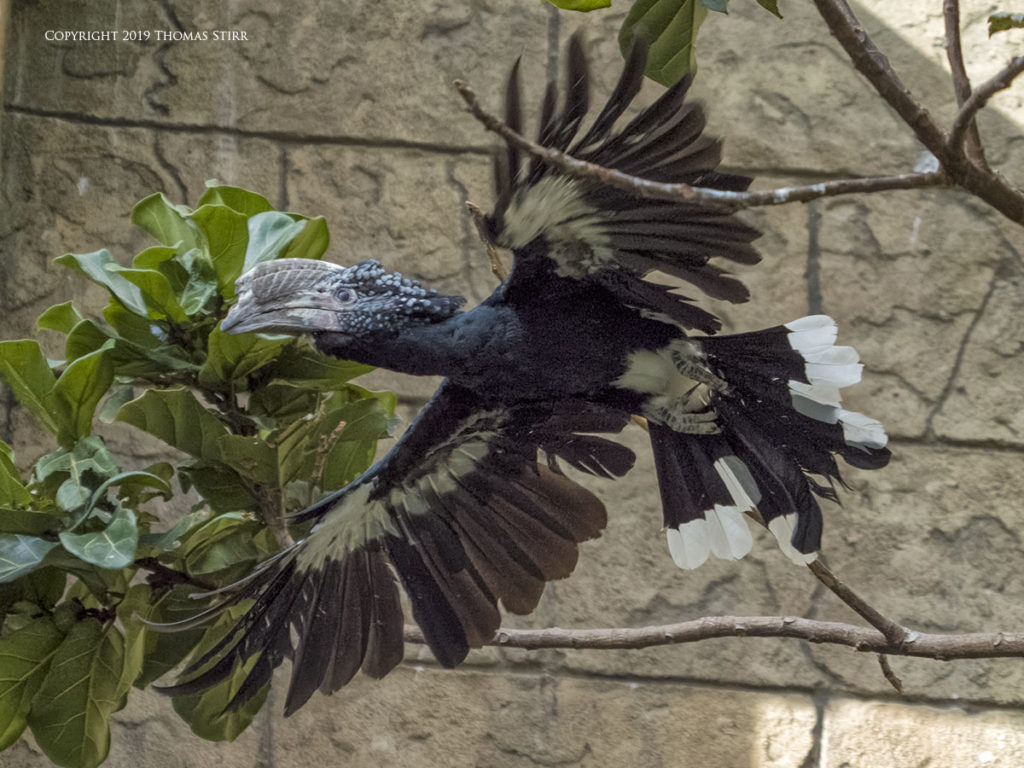
Compared to the M.Zuiko 75-300 mm f/4.8-6.7 II, the PRO 40-150 mm f/2.8 is much heavier and requires a much more significant investment. With the tripod collar attached, the PRO 40-150 mm f/2.8 weighs 880 grams, and 760 grams without. it The cost of the M.Zuiko PRO 40-150 f/2.8 with an MC-20 teleconverter is about three times more that of the M.Zuiko 75-300 mm f/4.8-6.7.

Compared to the 1 Nikkor CX 70-300 mm f/4.5-5.6 or the M.Zuiko 75-300 mm f/4.8-6.7 II, the M.Zuiko PRO 40-150 mm f/2.8 delivers superior image quality, even when the MC-20 teleconverter is used. For overall functionality, image quality, and construction the M.Zuiko PRO 40-150 mm f/2.8 is simply superb.

E-M1X with M.Zuiko 100-400 mm f/5-6.3 IS with M.Zuiko MC-14/MC-20 teleconverters
This newly launched zoom lens is compatible with both the MC-20 and MC-14 teleconverters which extends the functionality of this lens significantly. With the MC-14 it delivers an efov of 280-1120 mm at an aperture range of f/7 to f/9. For maximum reach the MC-20 creates an efov of 400-1600 mm with an aperture range of f/10 to f/13. Readers can refer to the earlier articles that I wrote which discuss the practical aspects of using each of these teleconverters with this zoom lens.

While there are specific situations where use of the MC-20 can make a lot of sense, the MC-14 is a much better choice for everyday use as only 1 stop of light is lost. Additionally, finding a subject bird in the viewfinder is easier to accomplish with a shorter efov.

The M.Zuiko 100-400 mm f/5-6.3 is very well constructed and has a complex optical formulation that delivers very good image quality throughout its zoom range. It has an IPX 1 weather-sealed rating when used with an equivalent Olympus body.

Another compelling feature of this lens is its short minimum focusing distance of 1.3 metres throughout its entire zoom range. This minimum focusing distance is not affected when teleconverters are used. This extends the practical use of this lens significantly as it allows a photographer to focus on subject birds that are in very close physical proximity. I’ve used this lens at an efov of over 1000 mm with subject birds that are less than 3 metres away. This is simply incredible.

The M.Zuiko 100-400 has a well-positioned focus limiter switch on the left hand side of the lens barrel. This allows a photographer to adjust the auto focusing range of the lens quickly, which can help enhance fast focus acquisition.

The lens barrel of this lens extends when the zoom is used. The M.Zuiko 100-400 mm f/5-6.3 handles well and is particularly well suited to cameras like the E-M1X or OM-D bodies where a grip can be added. This is the largest and heaviest zoom lens that I have used with a smaller sensor camera.

Without the tripod collar (which I have removed from my lens) it weighs about 1120 grams. Fitted to an E-M1X body the combination weighs about 2117 grams (~4.67 pounds). This is not an inconsequential amount of weight but is still much lighter than the Nikon D800/Tamron 150-600 mm full frame set-up that I used in the past.

That full frame set-up weighed 2850 grams (~6.28 lbs). For me, the weight difference of 733 grams (~1.62 lbs) is significant. Each of us has their own tipping point when it comes to using large telephoto lenses handheld. Mine is anything that approaches 2.7 KG (~6 lbs).

I could use my full frame gear for about 3 hours of continuous handheld shooting before fatigue would begin to set in. I have used my E-M1X with the M.Zuiko 100-400 for double that length of time without any signs of fatigue.

From a functionality standpoint my E-M1X/M.Zuiko 100-400 setup easily runs circles around my previous full frame combination. I imagine that once I download my E-M1X firmware update that contains the new Bird Detection AI, the advantages of my Olympus system will only increase further.

Given the capabilities of the M.Zuiko 100-400 mm f/5-6.3 IS zoom lens it is not surprising that demand has been very high. I waited a bit too long before ordering my copy of this lens after it was introduced. I placed my order directly with Olympus Americas at the end of August and did not receive it until late November.
Other OM-D Camera Bodies
Not every photographer will want to invest in a camera like the OM-D E-M1X. There are other capable, new generation options like the E-M1 Mark III and E-M5 Mark III that offer very good performance in smaller, lighter form factors.

While these two other models do not, and will likely never have Bird Detection AI, these other cameras do have Pro Capture which is fantastic technology to use for bird photography. When I first decided to buy into the Olympus camera system, one of the reasons that I specifically chose the E-M1X was the potential for it to have Bird Detection AI in the future.

Even though my wife and I own an E-M1 Mark III, I will always reach for my E-M1X when doing bird photography… or any photography for that matter. I much prefer the ergonomics, handling and comfort of the E-M1X.

Summary
Using smaller sensor birding equipment options can make a lot of sense for many photographers. This is especially true for bird photographers who put a high value on portability, flexibility and innovation. Whether using smaller sensor birding equipment options is right for you is a question only you can answer.
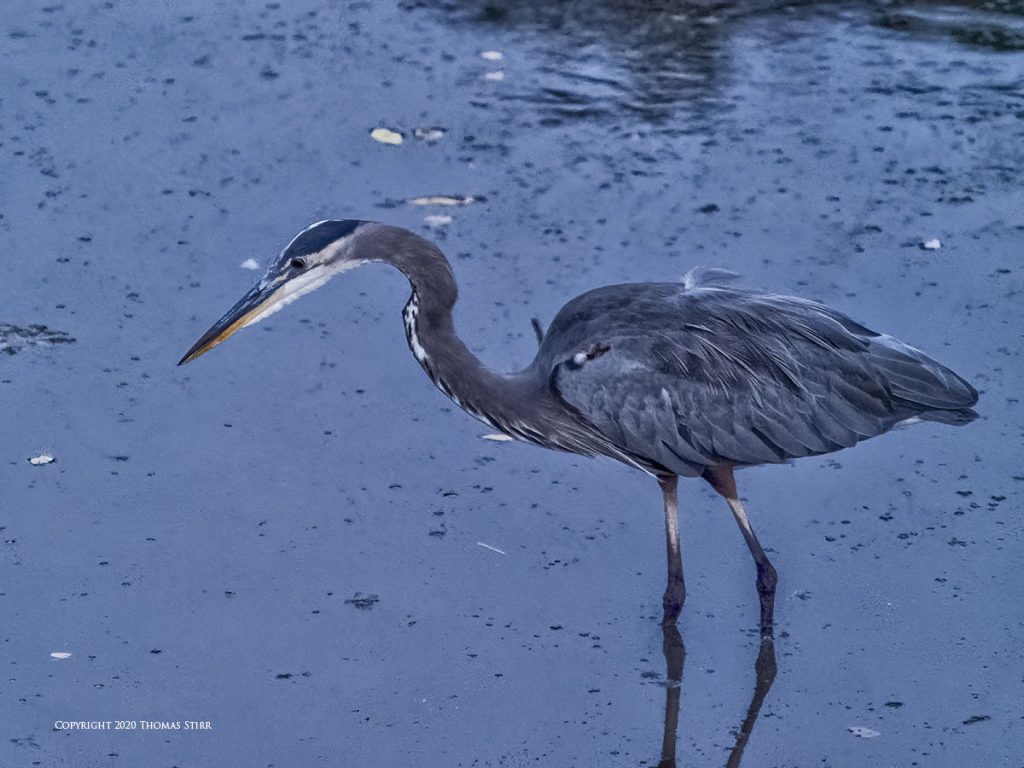
Technical Note
Photographs were captured hand-held using camera gear as noted in the EXIF data. Images were produced from RAW files using my standard process.
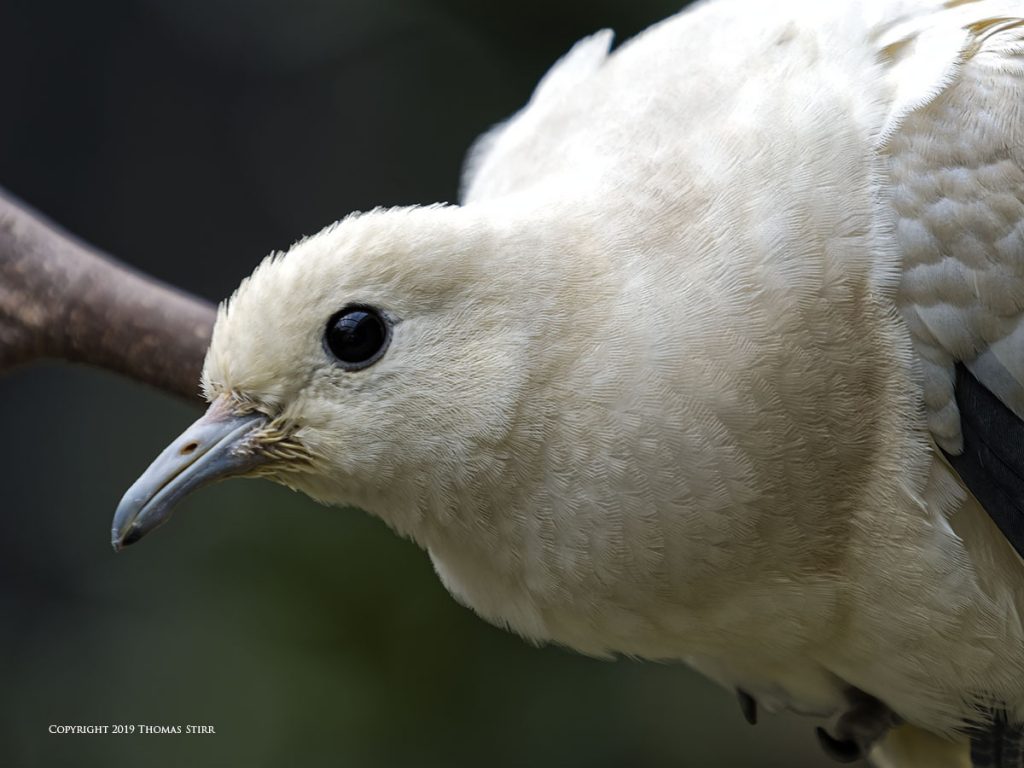
How you can help keep this site advertising free
My intent is to keep this photography blog advertising free. If you enjoyed this article and/or my website and would like to support my work, you can purchase an eBook, or make a modest $10 donation through PayPal. Both are most appreciated. You can use the Donate button below. Larger donations can be made to tom@tomstirr.com through PayPal.
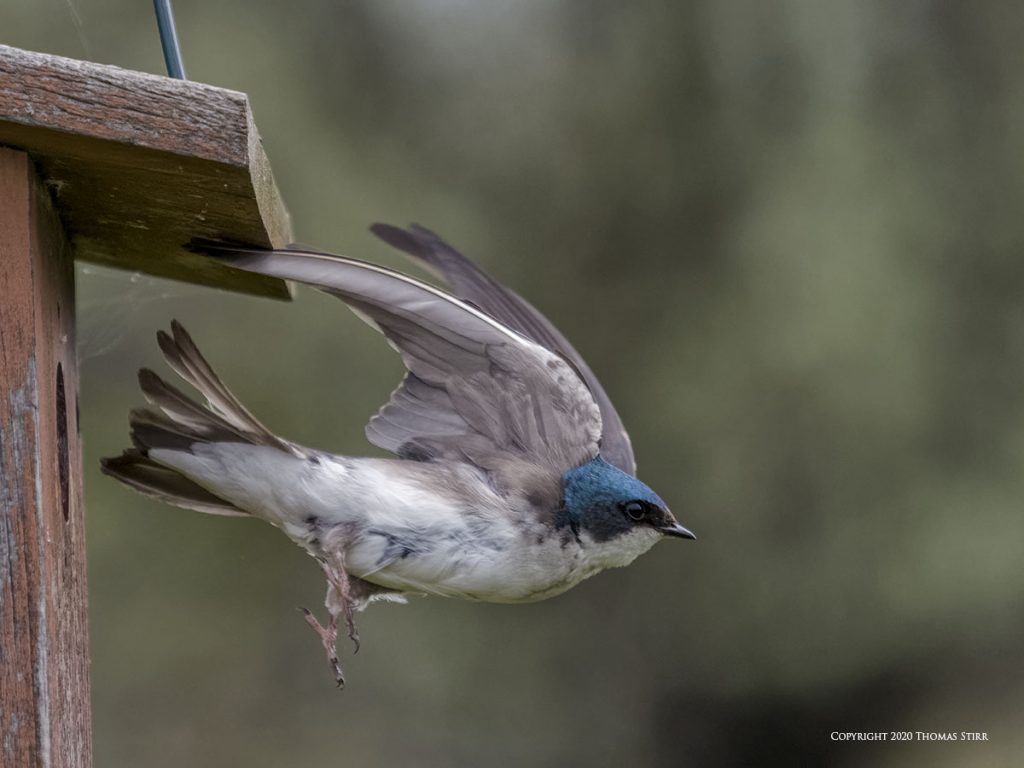
Word of mouth is the best form of endorsement. If you like our website please let your friends and associates know about our work. Linking to this site or to specific articles is allowed with proper acknowledgement. Reproducing articles, or any of the images contained in them, on another website or in any social media posting is a Copyright infringement.
Article is Copyright 2020 Thomas Stirr. Images are Copyright 2018-2020 Thomas Stirr. All rights reserved. No use, duplication or adaptation of any kind is allowed without written consent. If you see this article reproduced anywhere else it is an unauthorized and illegal use. Posting comments on offending websites and calling out individuals who steal intellectual property is always appreciated!

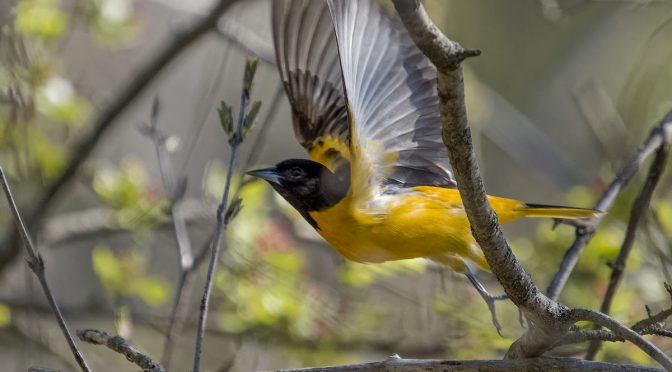
Very nice write up, thank you. It seems that you’ve listed the packages in order of least to most capable (image quality wise), is that right? The Olympus 100-400 paired with an OMD body would be the best?
Hi Bee,
“Best” is a relative term. It really depends on a photographer’s needs. The M.Zuiko PRO 40-150 mm f/2.8 with MC-20 teleconverter is capable of producing some very good quality images. There is some loss of reach compared to the 100-400 mm, but the PRO 40-150 f/2.8 offers a lot of flexibility in terms of lower light performance, and a comparatively short minimum focusing distance. So, for about the same money as the 100-400 the PRO 40-150 is likely a more capable overall lens, assuming that you don’t need the extra reach of the 100-400.
If you want reach and good optical performance the 100-400 with the MC-14 is a good choice. The MC-20 can be used but very good light is required and the AF does slow down noticeably. You’d need to make sure that you would be comfortable with the weight and size of the 100-400.
As far as sensor performance of a 20 MP OM-D body versus the 18.4 MP Nikon 1 V3… the OM cameras would be a better choice as they provide almost 2 full stops of additional dynamic range.
Tom
Thanks for your response, very helpful.
I do have the E-M5 iii and the Olympus 75-300. My primary interest (for this query) is bird photography.
I am looking for more reach, without spending a fortune, while keeping weight low. A possible upgrade to my current setup is the Nikon V2 + FT1 + AF-P DX 70-300 (this lens can be had for much cheaper than the CX 70-300).
Do you think that combo would provide any real benefits over what I already have? I know that the E-M5’s sensor could be cropped to 14MP and yield a similar field of view, so I imagine it would be a wash – if the sharpness of the lenses are similar.
Hi Bee,
I doubt that the V2 with FT-1 and DX 70-300 would help create that many more image opportunities even if it offered more reach, when compared to an E-M1 Mark III with your current lens. As your comment noted, the E-M5 Mark III’s sensor would offer more resolution and cropping potential. That’s only one aspect to consider.
Overall, the E-M5 Mark III is a far more capable camera body in terms of the technology it provides. Pro Capture H on the E-M5 Mark III can be shot at 30 frames per second and Pro Capture L has a max frame rate of 10 fps. In my view, this technology alone would be worth far more to a bird photographer than an additional 200mm efov of reach. Plus the E-M5 Mark III would probably give you at least 2 additional stops of image stabilization. This can come in handy when photographing perched birds in lower light conditions.
I’m not sure how often that you use Pro Capture with your bird photography. I use Pro Capture H or L for at least 90% of my bird photography and I couldn’t imagine owning a camera body that didn’t have this technology. But… that’s based on my shooting style and image priorities. You may not feel the same way if you haven’t spend some dedicated time with Pro Capture.
If it was me and I had to choose between the E-M1 Mark III with the 75-300 or the V2 combo you noted, I’d choose the E-M5 Mark III hands down every time. Of course a lot of that is based on how much I value and use Pro Capture. In a nutshell I think you may be taking a step backwards with the V2 kit you are considering.
I’ve used Nikon 1 and Olympus M4/3 extensively for birding and using the technology in the Olympus system has helped me capture a significantly broader assortment of bird images.
Tom
Thanks so much, that really helps clarify things for me. I’ll have to see if I can figure out how to use the Pro Capture feature.
Always a pleasure to help if I can!
There are plenty of articles under the Pro Capture section that may be helpful. Setting up Pro Capture is pretty simple. You may need to adjust your Pre-Shutter Frames and Frame Limiter to suit your specific shooting style.
The biggest challenge with Pro Capture is getting used to a completely different shutter timing… since you’ll be fully depressing your shutter release AFTER the bird has done the behaviour you were anticipating. This may feel very strange at first, but once you get the knack of it you may be amazed with the kinds of images (like a bird taking flight) that will become very easy to do.
Tom
Curious why you left the Olympus 300, f/4 out of the discussion. In conjunction with the 40-150 on a second body, this is a “cover all bases” system.
Hi George,
I agree that the Olympus system is a ‘cover all bases’ solution, especially when the M.Zuiko PRO 300 mm f/4 IS and the M.Zuiko PRO 150-300 mm f/4.5 TC1.25X IS are considered. Since I have never used the M.Zuiko PRO 300 mm f/4 IS to capture even one image, I could not legitimately discuss it in this article as all of the comments/evaluations are based on my first-hand experience.
The photographers that I know who own the M.Zuiko PRO 300 mm f/4 IS all rave about its performance, portability and use with teleconverters.
Tom